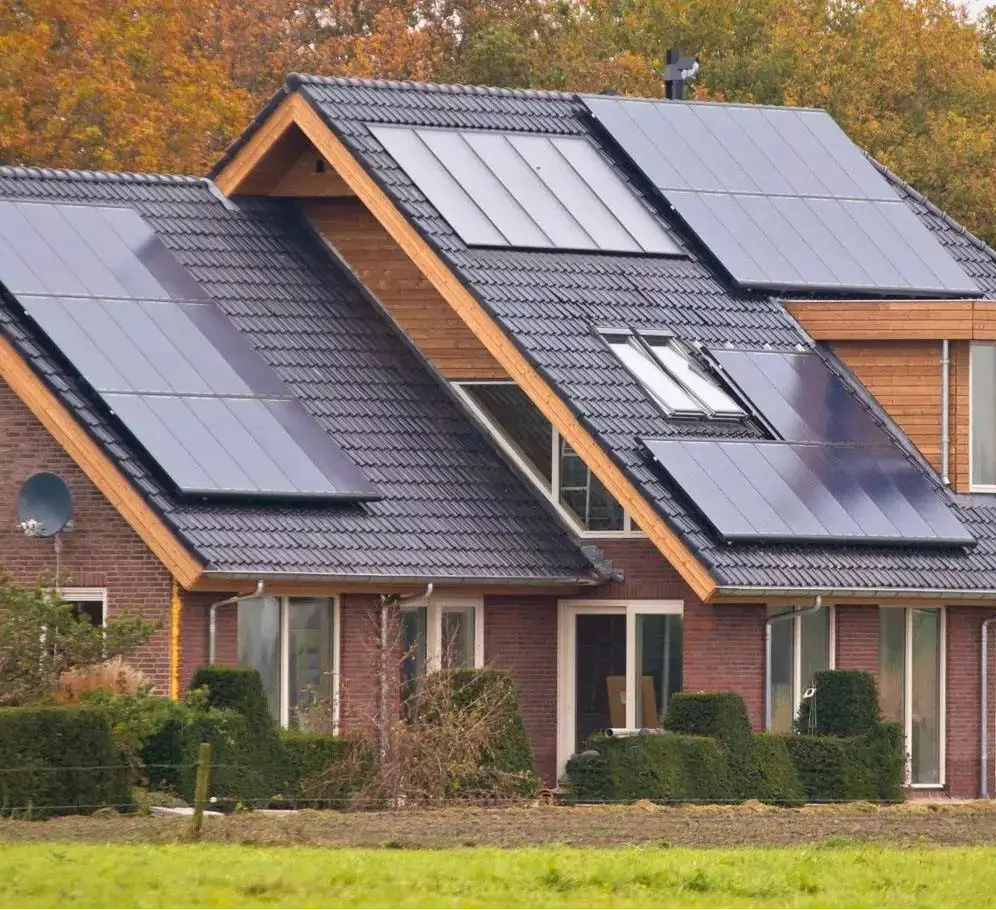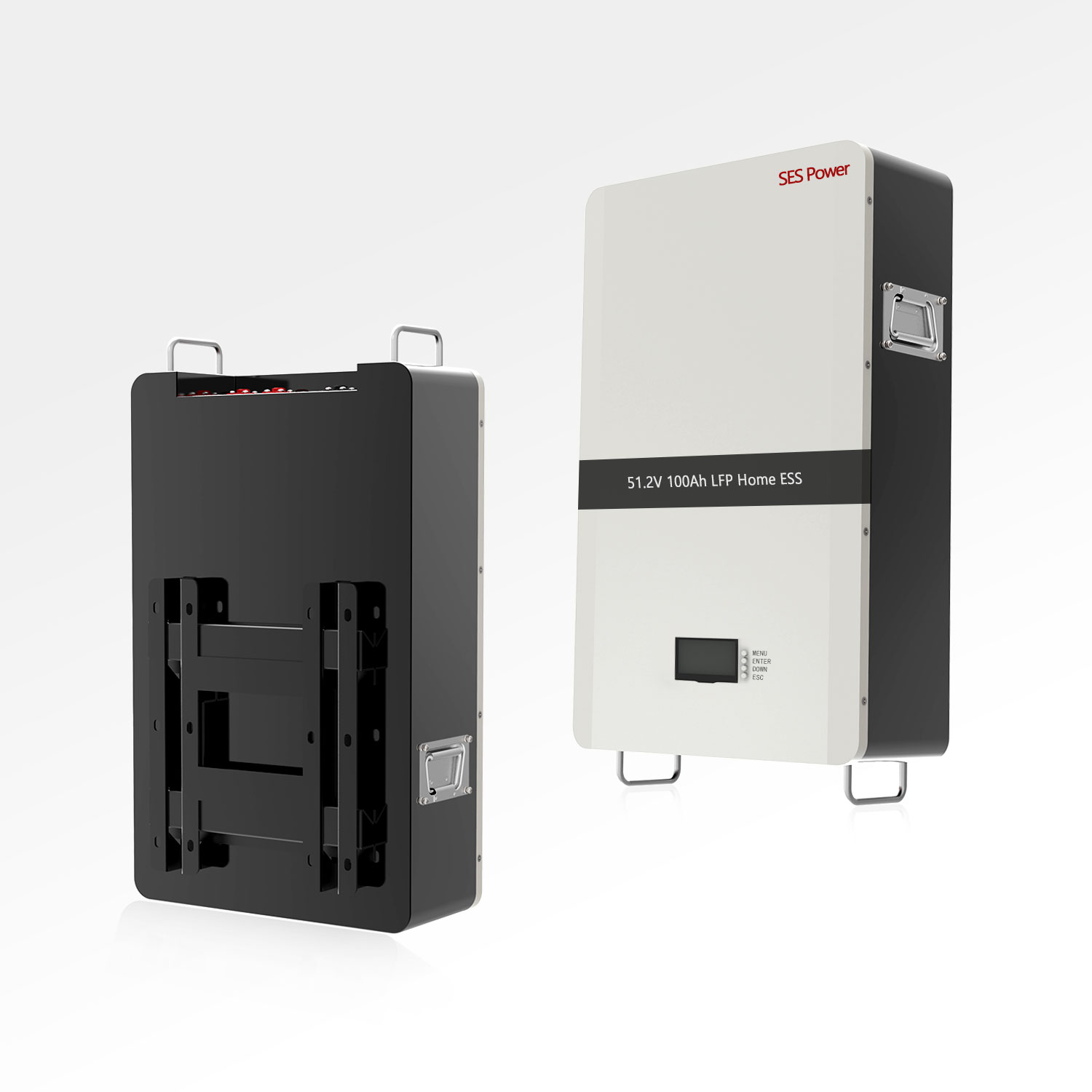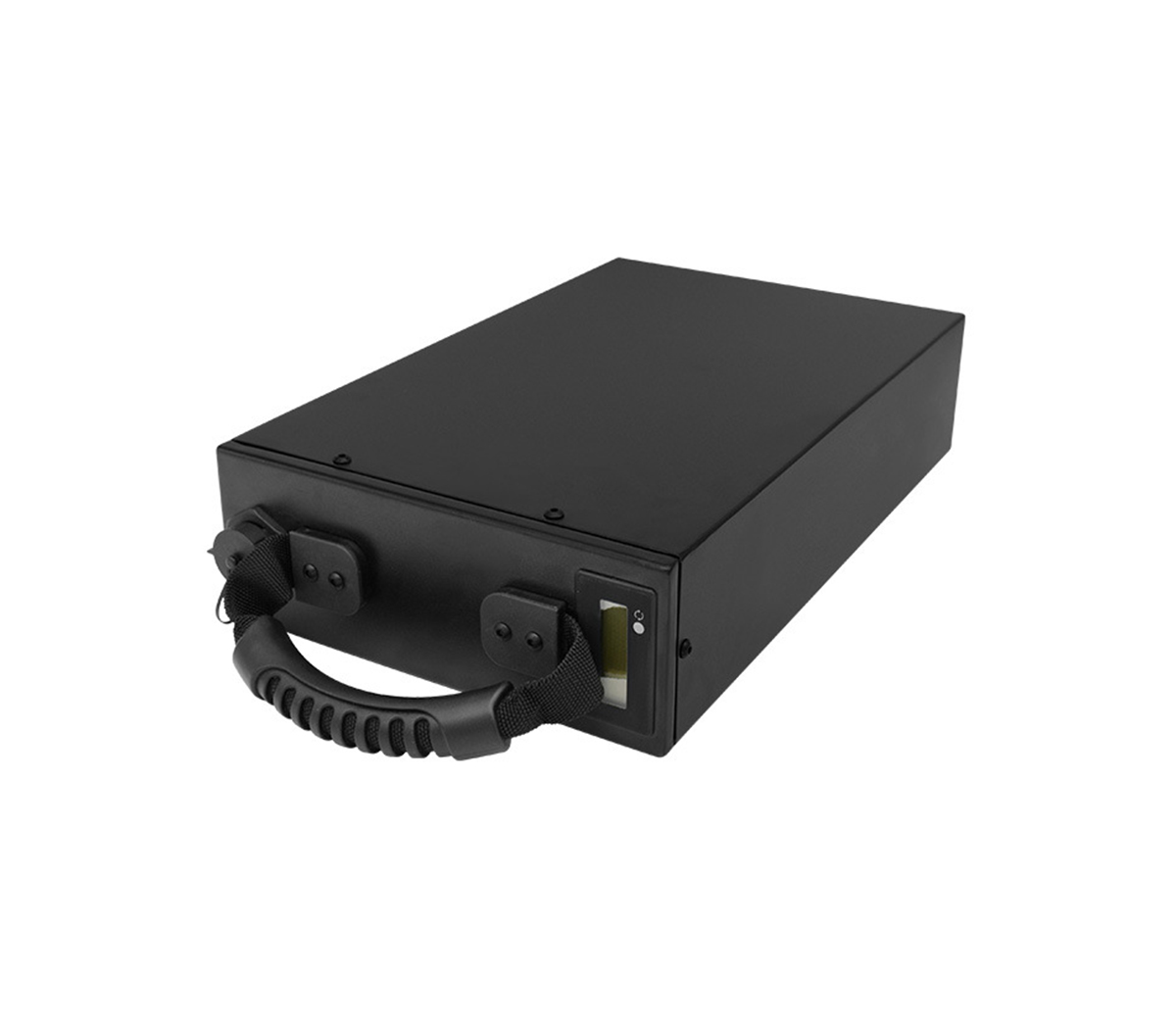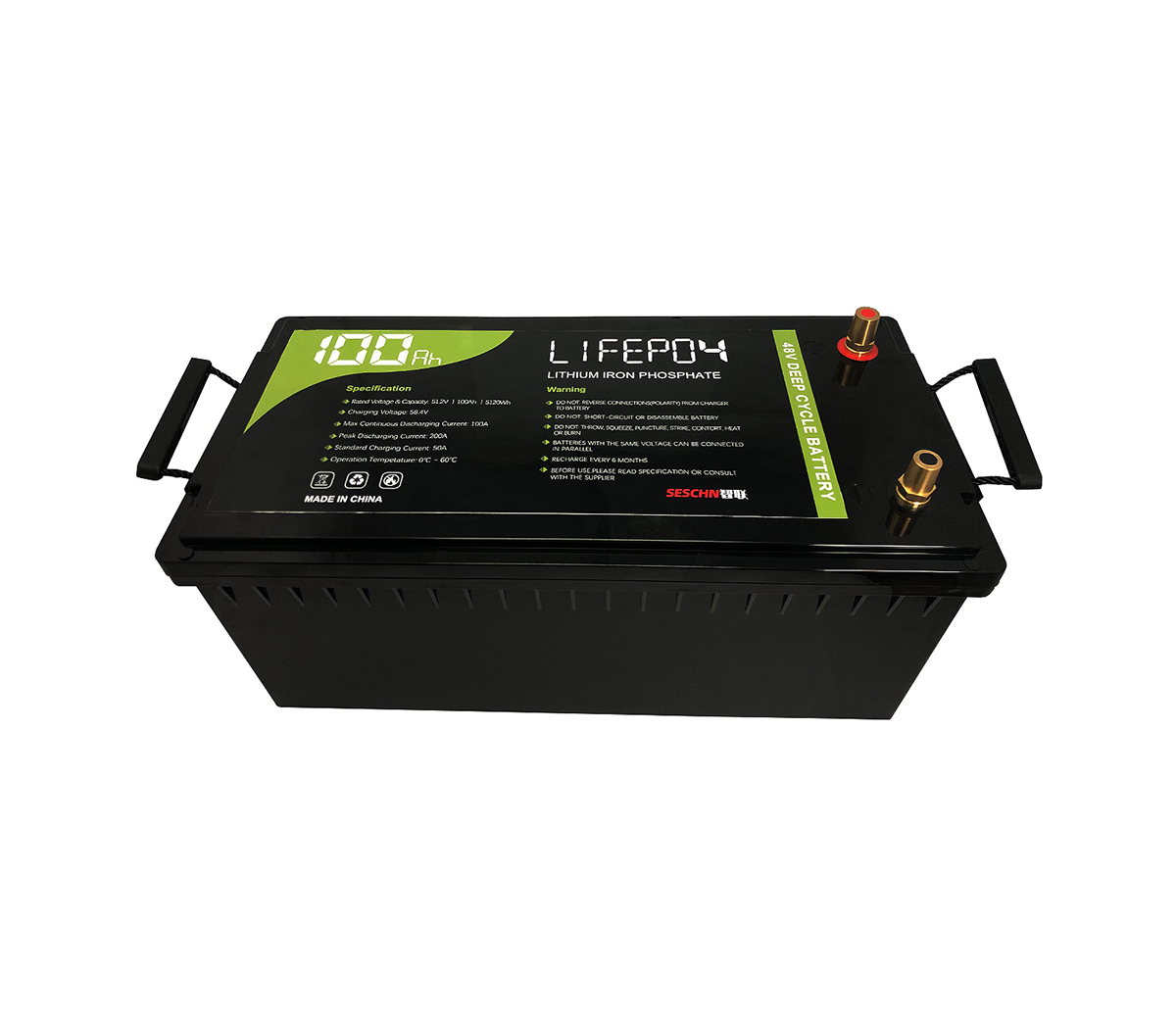Residential energy storage systems are becoming increasingly popular with residential solar customers today.
According to a recent survey of more than 1,500 U.S. households conducted by solar power developer SunPower, about 40 percent of Americans are concerned about frequent power outages. Of those surveyed who have already installed solar power facilities, 70 percent said they plan to install battery storage systems.

But the facts show that a variety of factors can affect the life of a residential battery storage system, and that this expensive system is not as good and durable as manufacturers advertise.
A: Many benefits but low deployment rate
In addition to providing backup power in the event of a power outage, many battery storage systems allow for intelligent scheduling of power input and output, which is designed to maximize the value of residential solar power systems. Moreover, some battery storage systems are optimized for integration into electric vehicle charging facilities.
Although the installed capacity of deployed energy storage systems is steadily climbing, their supporting deployment rate remains low. According to data released by Lawrence Berkeley National Laboratory (LBL), 8.1% of residential solar systems in the U.S. will be deployed with battery storage systems in 2020.
Residential battery storage systems appear to have many options. But in the United States, two manufacturers dominate the residential battery storage sector. According to a survey by Lawrence Berkeley National Laboratory (LBL), LG Chem and Tesla hold more than 90 percent of the U.S. residential energy storage market, with Tesla holding more than 60 percent of the market share.
The Tesla PowerWall battery storage system has a limited warranty that claims it will be free from defects for 10 years after installation. It also warrants the PowerWall battery storage system to have an initial capacity of 13.5kWh and will guarantee its energy storage capacity according to a degradation schedule.
LG Chem says its energy storage system will maintain more than 60 percent of its energy storage capacity (9.8 kWh) for 10 years. Batteries must operate between -10°C and 45°C to maintain warranty coverage.
B: Battery life is a big issue
Residential solar installer Sunrun says batteries typically last five to 15 years. This means that over the 20- to 30-year lifecycle of a solar power installation, it is likely that the battery storage system will need to be replaced.
Battery life is largely determined by usage cycles. As evidenced by product warranties from LG Chem and Tesla, reaching a 60 or 70 percent capacity threshold is guaranteed within a certain charge cycle.
The Faraday Institute says there are two usage scenarios that lead to battery degradation: overcharging and trickle charging. Overcharging is the act of pumping current into and fully charging a battery. Doing so can cause the battery to overheat and possibly even catch fire.
Trickle charging refers to the process of continuously charging a battery to 100%, in which battery capacity will inevitably be lost, and this process will raise the internal temperature, which will reduce capacity and life.
Another cause of degradation over time, according to the Faraday Institute, is the loss of lithium ions from the electrolyte in the battery. The side effects in the battery will trap the available free lithium, which gradually reduces capacity.
While cold temperatures can stop lithium-ion batteries from working, they do not actually degrade the battery or shorten its useful life. The Faraday Institute says the overall life of the battery will be reduced at high temperatures. This is because the electrolyte between the electrodes breaks down at high temperatures, causing the battery to lose its ability to flow lithium ions. This reduces the amount of lithium ions that the electrodes can accept into their structure, depleting the lithium-ion battery capacity.
In the opinion of SES Power, the actual application scenario is far more complex than the laboratory, and the real life of lithium batteries may not even reach half of it in many cases, and some of the prerequisites set by manufacturers are actually equivalent to disclaimers.
C: Maintenance matters are actually very important
The battery and its surrounding components should have the proper space and distance for cooling, and regular maintenance checks help ensure optimal operation.
The National Renewable Energy Laboratory (NREL) recommends that home users install the battery in a cool and dry place, preferably a garage, where the impact of a fire can be minimized.
Avoid repeated deep discharges of the battery whenever possible, they say, because the more you discharge, the shorter the life. If a residential battery storage system is discharged heavily every day, it will be time to increase the battery bank.
Batteries in series should be kept at the same charge level, and while the battery pack may show a total charge of 24V, there may be different voltages between the batteries, which is detrimental to protecting the long-term operation of the battery storage system. In addition, it is recommended that the correct voltage set point be set for the charger and charge controller, as determined by the battery manufacturer.
O&M personnel should perform frequent inspections. Things to check include leakage (buildup on the outside of the battery) and consistency of voltage.

SES Power has been using high quality lithium iron phosphate batteries for our products because of its many advantages, such as safety, long life, and environmental friendliness. Many of our products are lithium battery systems with higher energy and output power, so they all use high quality square aluminum shell lithium iron phosphate batteries, such as lead acid replacement products (12V100Ah, 12V200Ah, 24V100Ah, etc.), high current (2000A) starter lithium batteries, UPS high voltage lithium battery systems (up to 860V), 3Kw~20Kw off-grid, grid-connected, islanded lithium battery energy storage system, wall-mounted form of home energy storage system 48V100Ah, 48V200Ah, stacked energy storage system (single 51.2V100Ah, up to 15 stacks supported), etc.
If you have any questions about lithium batteries, please feel free to contact us.




































